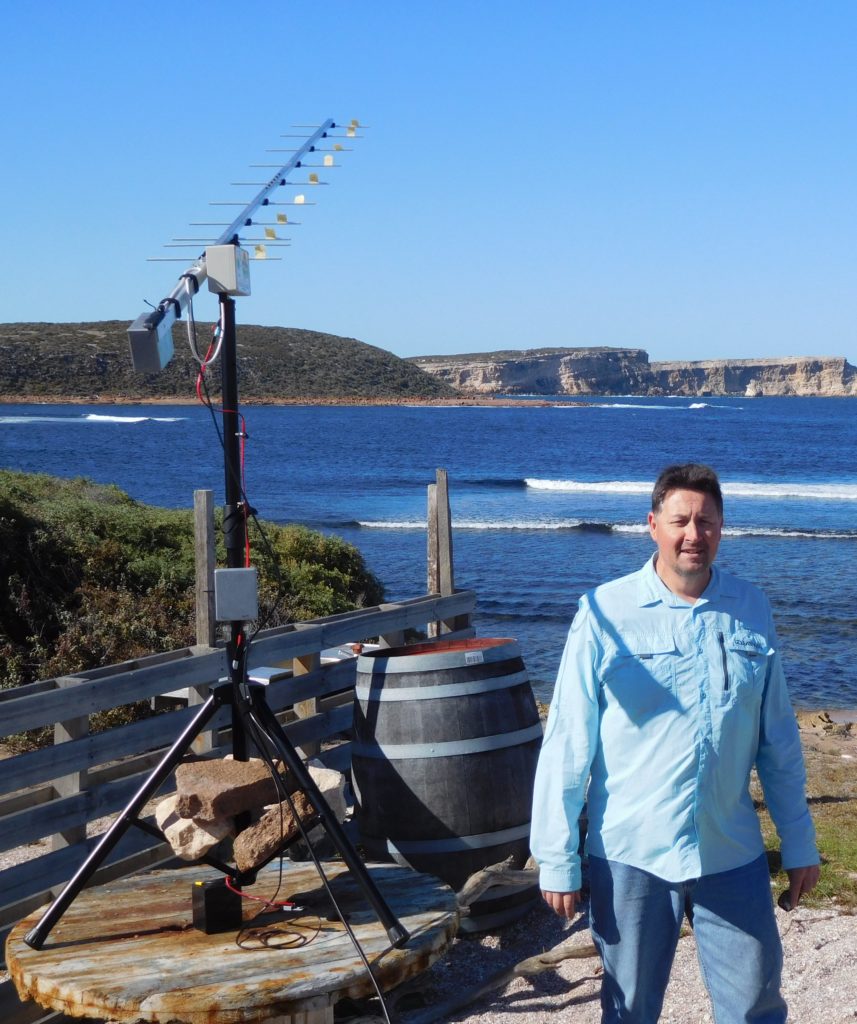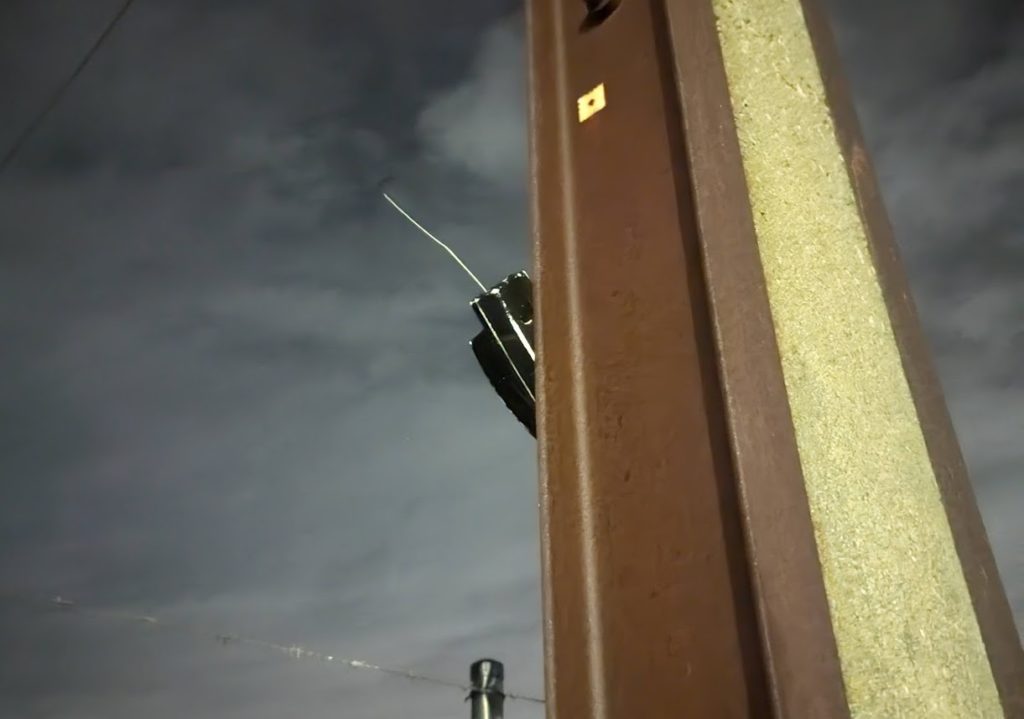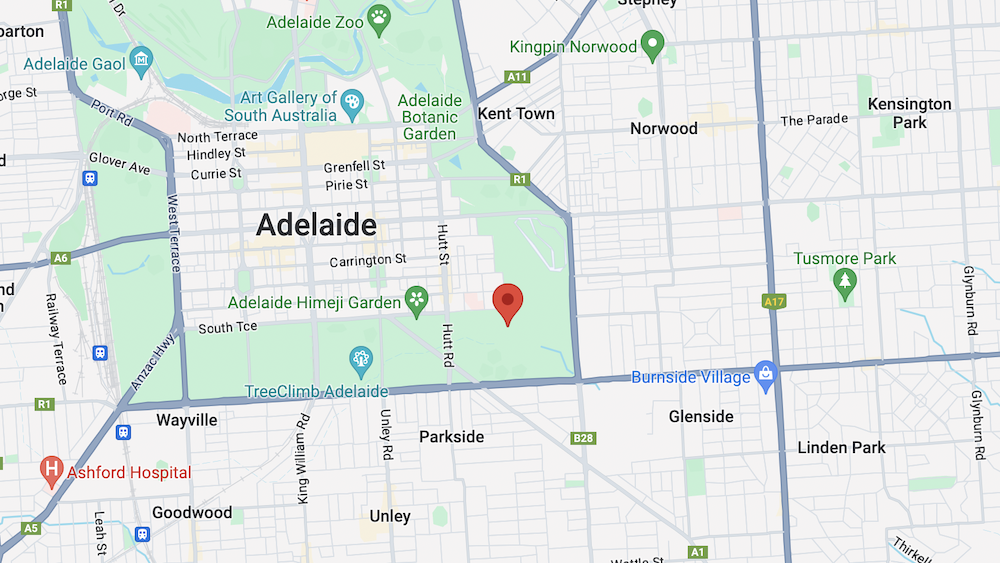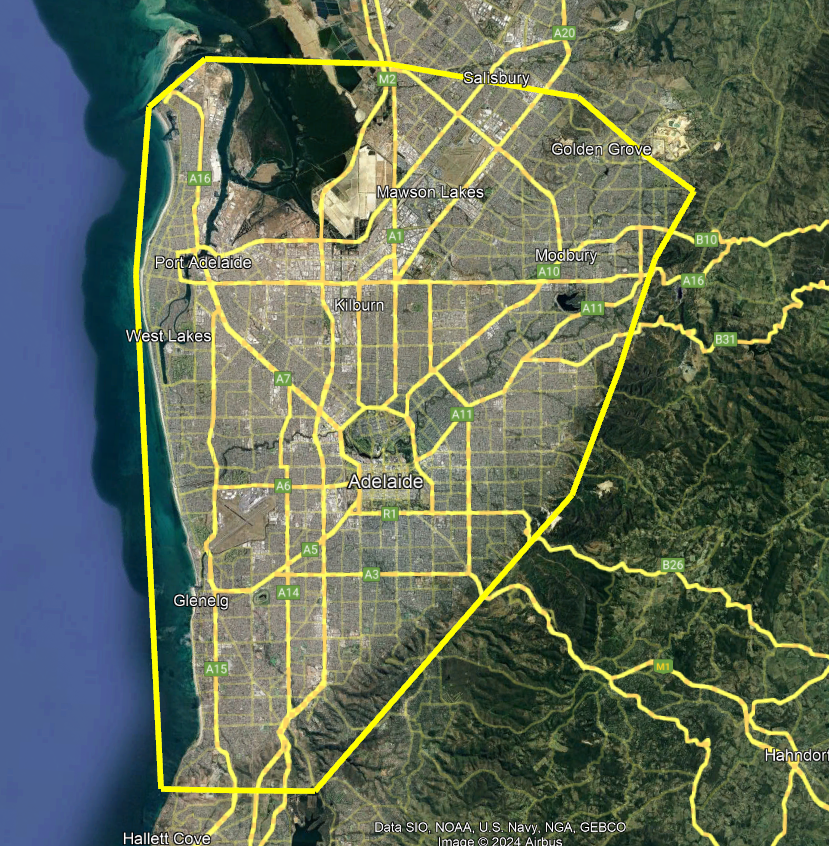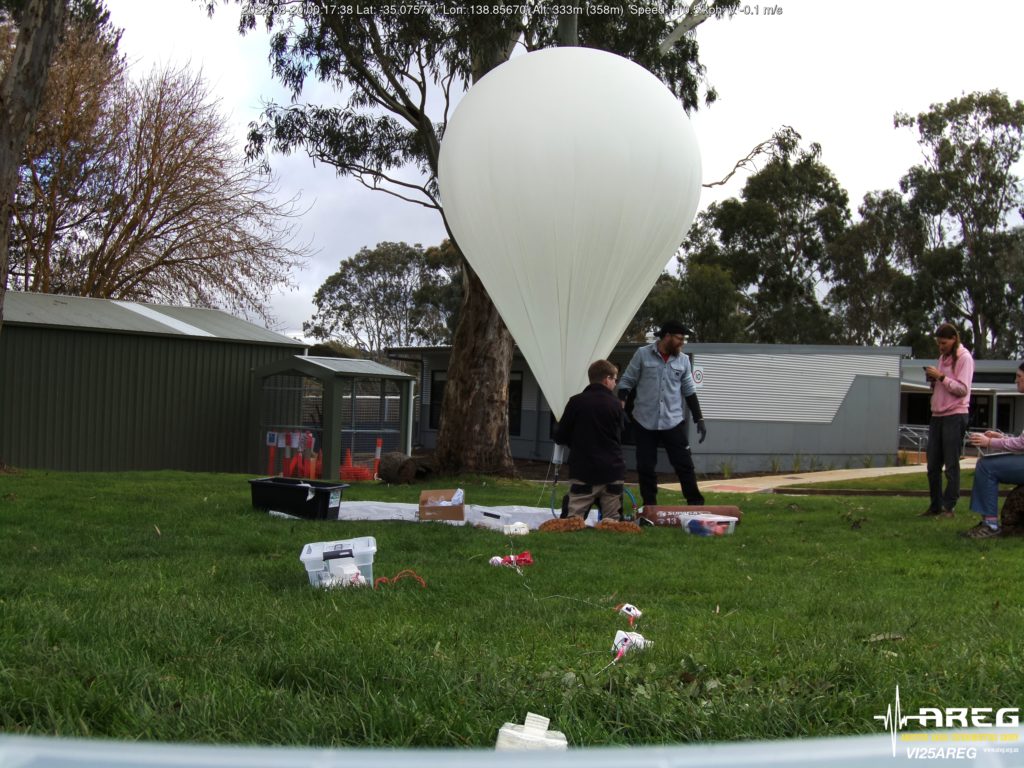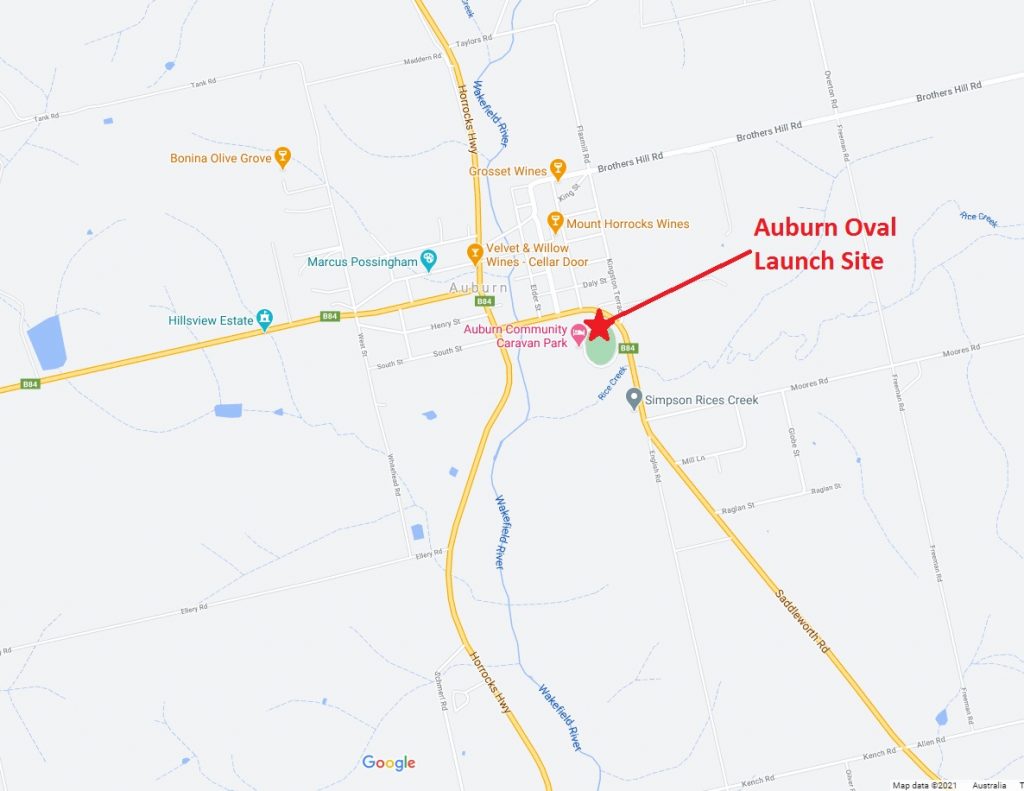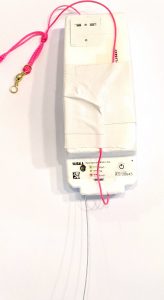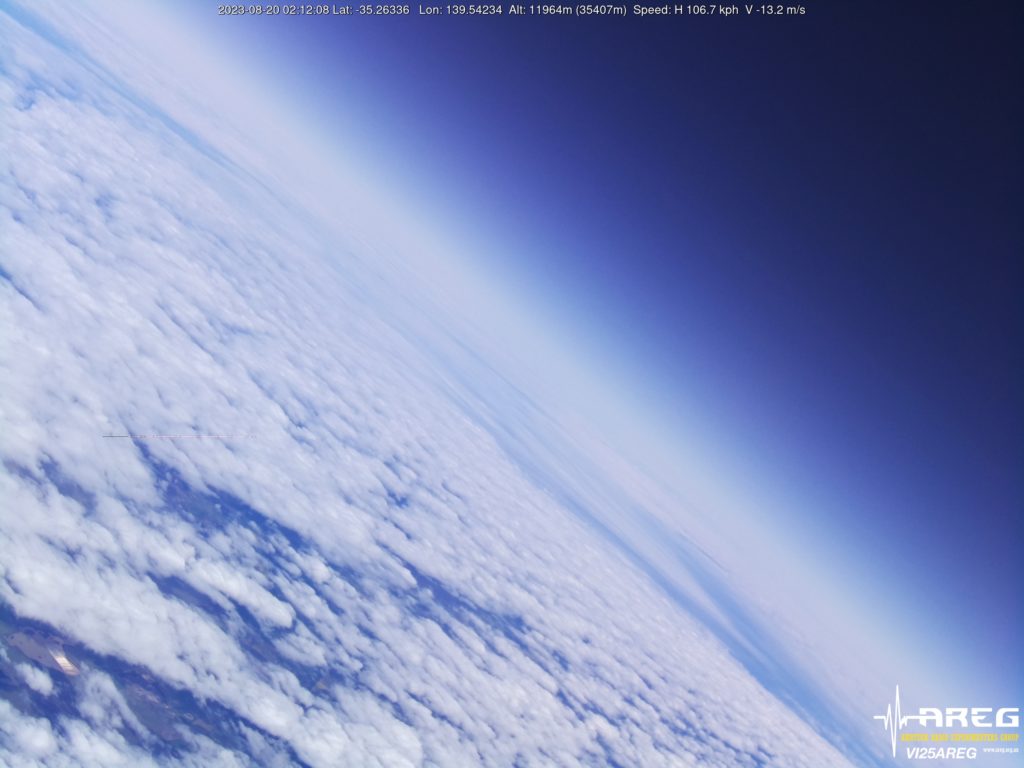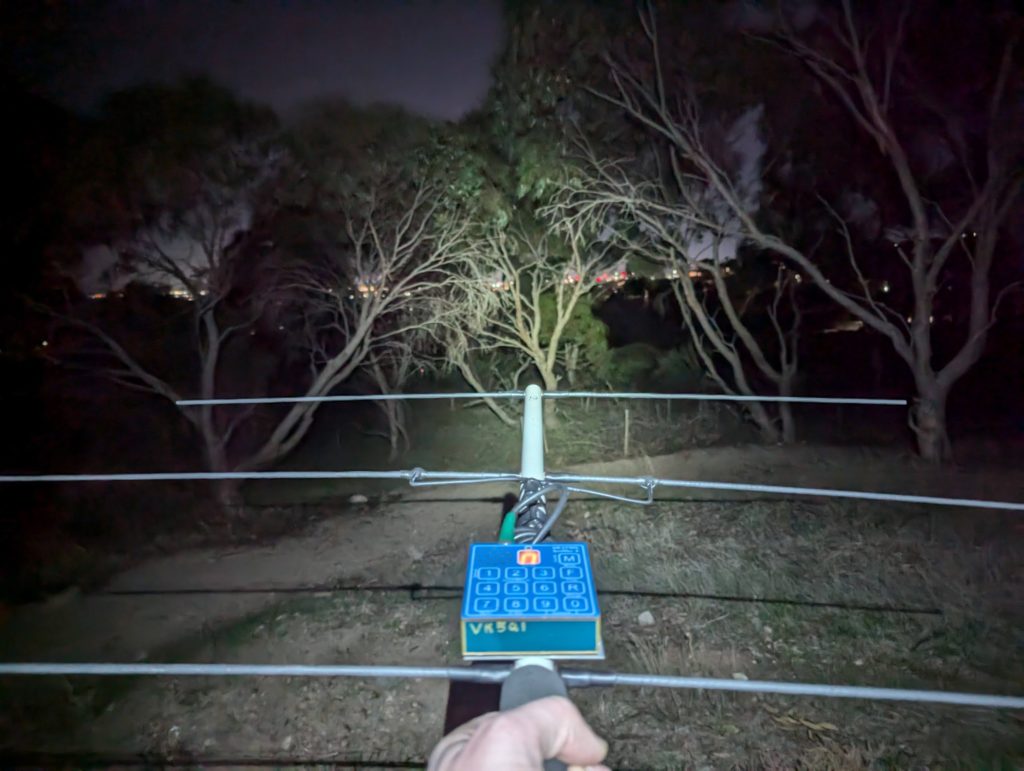Horus 62 launched just after 10AM on the 11th of August, from the Auburn Community Oval. Weather conditions were excellent, with light winds and a clear sky – great for taking photos! The flight reached an altitude of 34km (6km higher than we expected!), and landed in a paddock north of Clare. Unfortunately the Wenet imagery payload stopped transmitting part-way into the ascent but it did continue to capture pictures to its internal SD card, like this great shot of the Adelaide area from 28km altitude:
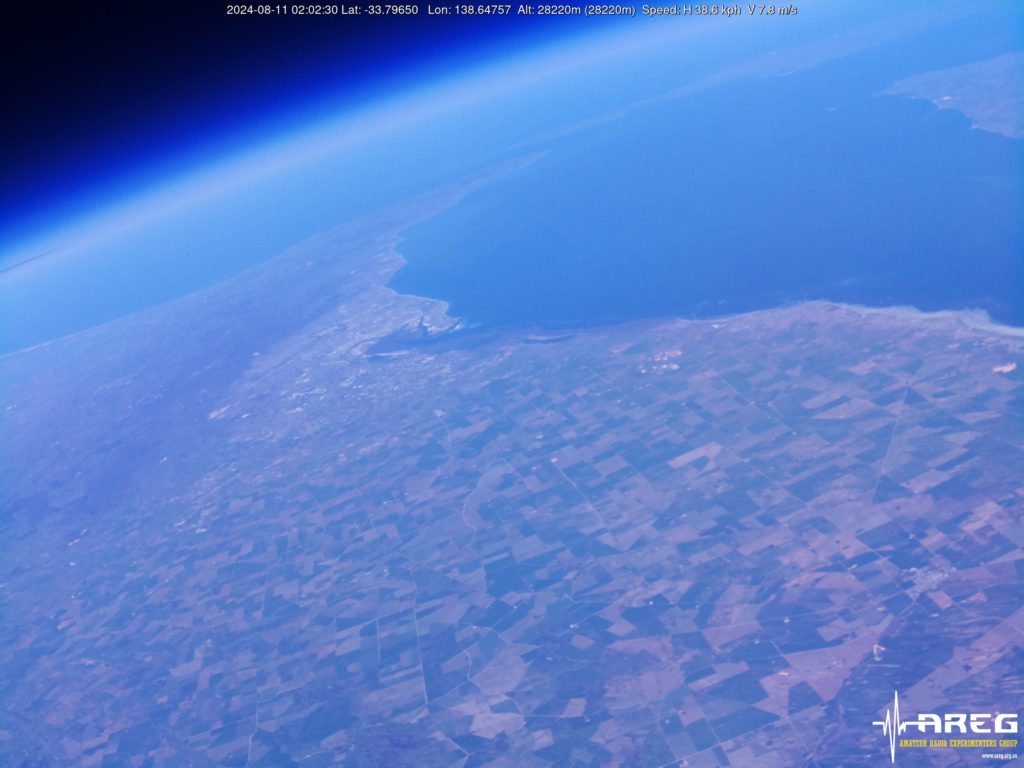 Launch
Launch
We had a good turnout at the launch site, with quite a few AREG members and some visitors from the mid-north areas.
A big thanks to Michaela VK3FUR for capturing some great photos of the launch activities at the Auburn Community Oval! Some of these photos are in the slideshow below:
Flight, Tracking, Chase and Recovery
After launch, the chase teams headed north to visit Matt VK5ZM and Peter VK5KX, who had set up a tracking station to the north-east of Clare to provide reliable Wenet reception throughout the flight. Using Peter’s auto-tracking antenna system as a guide, we were even able to spot the balloon mid-flight, and continue to watch it right until it burst at an altitude of 34640m, well over 6 km higher than the expected burst altitude of 28km!
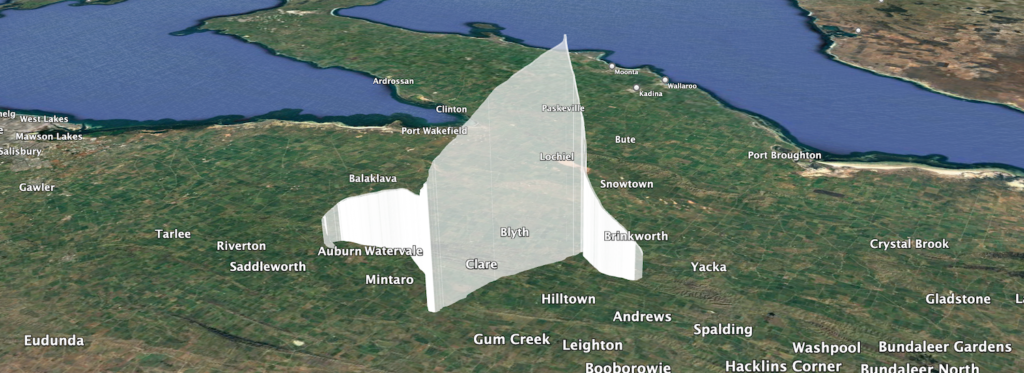
Horus 62 flight path
After burst the chase teams headed onwards to the predicted landing area, hoping to catch a glimpse of the payload on descent. While we were able to spot it on the way down, it was a bit too far away for any photos…
The payloads landed on the edge of a paddock, and the chase teams headed to a nearby farmhouse to get permission to enter the area. The farmer was friendly and had no problems with us driving in to recover the payloads, however we soon received a phone call from the neighbouring farmer, who had been given a heads up about the payloads landing, and had already picked them up!
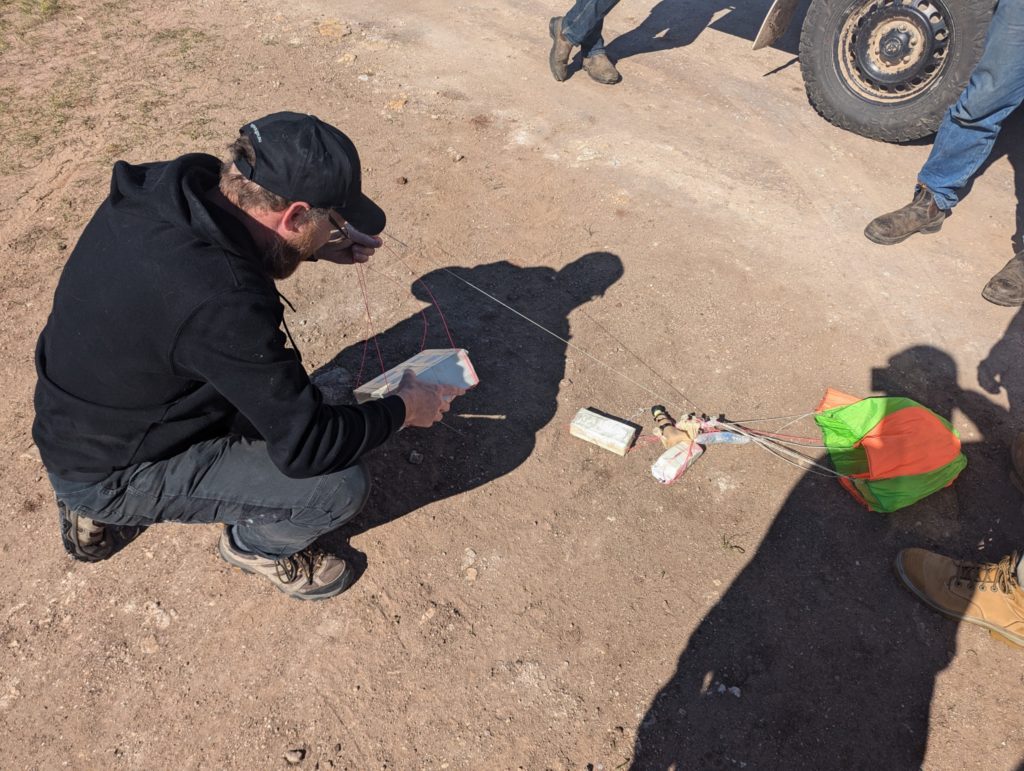
Unfortunately not as much care was taken with the payloads as normal, so some will require some repairs and rebuild to be flight-ready again.
Horus 62 Flight Statistics
| Launch Date: | 2024-08-11T00:51:46.000000Z |
| Landing Date: | 2024-08-11T02:54:32.000000Z |
| Launch Site: | -34.05267, 138.66930 |
| Landing Site: | -33.66618, 138.51952 |
| Distance Travelled: | 45 km |
| Maximum Altitude: | 34635 m |
Wenet Payload
This flight used our ‘Wenet HQ’ payload, which features a Picam HQ camera, with a fairly decent lens in front of it. The payload also used Ruihi batteries instead of the usual Energizer Lithiums.
While the payload initially performed fine, for an unknown reason it stopped transmitting at about 14km on ascent. We were quite concerned that the entire payload might have shut down (perhaps due to battery failure?), however on recovery we found that it was still operating, and analysis of the SD card contents showed it had been capturing images all throughout the flight, right up until we opened the box to turn it off.
A selection of the best photos from the payload are as follows:

Wenet imagery from Horus 62
Thanks to Peter VK5KX, Matt VK5ZM, Autumn VK5CLD and Peter VK5APR for running Wenet receive stations for this flight!
Horus Binary Telemetry Payloads
Both of the Horus Binary telemetry payloads performed perfectly throughout this flight (as we would hope, given these are our primary tracking payloads!). The test payload running a single Ruihi Lithium AA cell performed fine, indicating these cells are probably suitable for use on future launches in place of the Energizer AAs.
Thanks to the following stations that helped track these payloads:
HORUS-V2 Payload: BARC-RRR, VK3APJ, VK3TNU, VK5AKH, VK5AKK, VK5ALG, VK5ARG, VK5CLD-9, VK5HW, VK5IS, VK5KX-9, VK5KX-i5, VK5LN, VK5NEX, VK5NTM, VK5QI-1,VK5QI-9, VK5RK, VK5SFA, VK5SPJ, VK5ST-4, VK5TRM, VK5TUX, VK5WE, VK5ZM, VK5ZQV, VK5ZMD
VK5ARG Payload: BARC-RRR, VK3TNU, VK5AI, VK5AKH, VK5AKK, VK5ALG, VK5ARG, VK5CLD-9, VK5KX-9, VK5NEX, VK5QI-9, VK5ST-4, VK5TRM, VK5WE, VK5ZBI, VK5ZM, VK5MHZ
Full statistics on how many packets each station received, and their reported Signal-to-Noise Ratio (SNR), are available on the flight dashboard.
TheThingsNetwork Payload
Liam’s TheThingsNetwork payload performed very well this flight, with 91 stations receiving telemetry, including one to the east of Bendigo, over 630km away! A map showing the receiver locations is below, with more detail available on the flight dashboard.
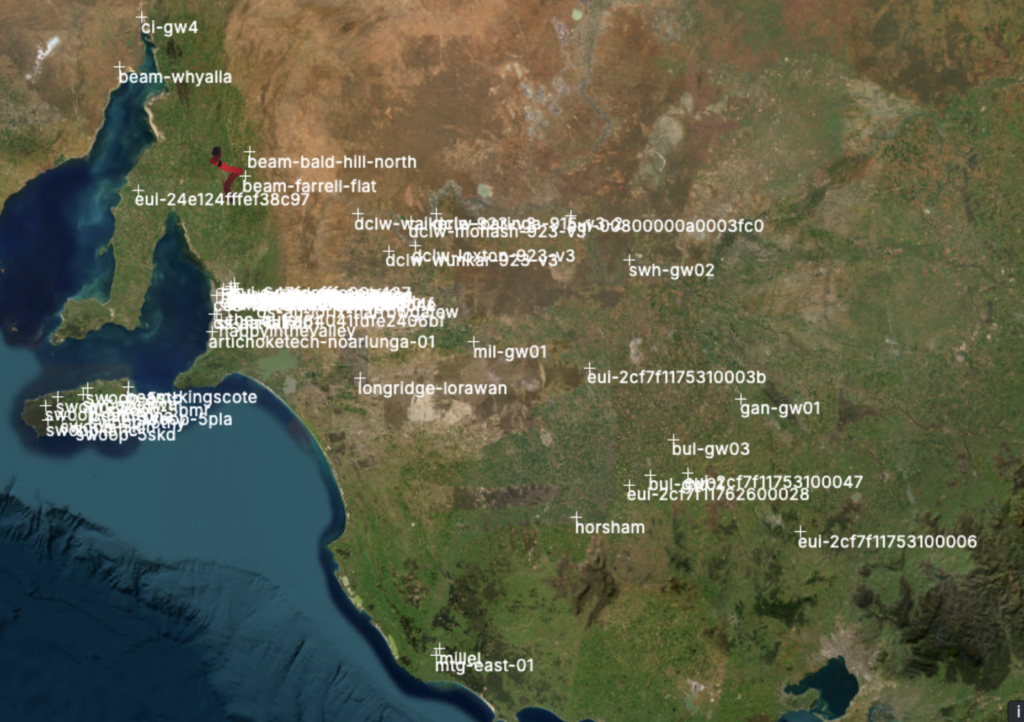 Conclusion
Conclusion
Thanks to all that took part in this flight, from those helping at the launch site, chasing, tracking, or just watching at home! We’re hoping to get another few flights off before the end of the year, so stay tuned to the AREG blog!































